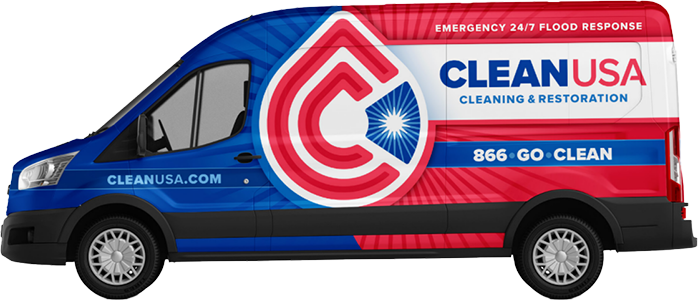Ever wondered why your garage stays damp, even after cleaning? The question of how do I dry up the water in my garage is common. Yet, many don’t know the real causes and solutions. From small puddles to constant wetness, finding and fixing this problem is key to keeping your garage safe and dry.
Cracks in concrete or not enough insulation can let moisture in, especially in bad weather. This can cause serious damage and even mold. Also, if your yard slopes towards your garage, water can leak in, making a drainage system a must.
Looking for ways to remove water from your garage? Start by sealing doors and windows well. Use materials that soak up water and consider dehumidifiers. Regular checks for leaks in plumbing, gutters, and appliances are also important. Storing items off the ground can also help keep air flowing and prevent water damage.
Let’s look at wet garage solutions together. We’ll find out where moisture comes from and how to stop it. By following these steps, you can keep your garage dry and safe for the future.
Identifying the Sources of Water in Your Garage
Knowing why your garage gets wet is key to keeping it dry. Many things inside and outside your garage can let water in.
- Rainwater and Melting Snow: Rain and snow from cars parked inside are big moisture culprits. They cause puddles and extra humidity.
- Improper Drainage: If gutters and drainage systems are blocked or set up wrong, water can leak into your garage.
- Structural Leaks: Look for leaks in your garage’s frame, roof, and walls. High humidity makes these spots worse, leading to mold and rust.
- Condensation: Changes in temperature and using appliances in the garage cause condensation. This forms on cold surfaces and can be stopped by waterproofing the floor.
To keep your garage dry, focus on key areas. Check your garage door’s balance and insulation often. Insulating your garage and using insulated glass in doors helps control humidity and temperature.
Make sure water flows away from your garage. This stops moisture from building up.
Finding garage leaks needs both looking and taking action. Check for leaks in plumbing and roof drainage often. Fixing any water spots or condensation right away stops damage.
By tackling these main water sources, you can lower the chance of moisture problems. Waterproofing your garage floor and keeping it well-ventilated are key to a dry, healthy space.
Effective Methods for Drying Up Water in Your Garage
After finding where the water comes from, you can use several ways to dry your garage. Here are some methods to make your garage dry and useful again:
- Reduce Humidity: Good ventilation is key to lower humidity. Open windows and doors to let humid air out. You might want to put an exhaust fan on your roof to control temperature and get rid of humidity.Using a dehumidifier, especially a big one, can also help a lot. It pulls out extra moisture from the air.
- Physically Remove Water: Use wet/dry vacuums and squeegees to get rid of standing water. A small vacuum, which costs about $30, is great for small puddles. Running fans for 42-48 hours can help dry out any leftover moisture.
- Prevent Future Water Accumulation: Look for where water might get in. Check the frames of doors and windows, and their seals, to make sure they’re good. Also, make sure your car is dry before bringing it in to avoid adding more moisture.Regular upkeep, like sealing cracks, can stop water damage and save you money.
- Ventilation is very important for keeping your garage dry. Open windows and doors often to let air flow.
- Keep your garage tidy to help air move better.
- In winter, use garage heaters to cut down on moisture.
- Moisture from things like fridges and freezers can cause condensation. Watch out for this.
- A dehumidifier, along with other steps, is a smart choice for a dry garage.
By following these steps, you can fix water damage in your garage and keep it dry for good. Whether it’s through dehumidifying or cleaning, keeping your garage dry is doable.
Conclusion
Managing moisture and stopping water from getting into your garage is key. Rainwater can seep under garage doors, causing damage. This can harm both the structure and what’s inside.
Also, if gutters aren’t kept up, water can build up around garages. This raises the chance of flooding.
Using waterproofing solutions like sealants and installing garage thresholds can help. Regular checks and upkeep of ceilings, walls, doors, and floors are also crucial. These steps can stop water from getting in.
Keeping your garage dry and safe is important. Simple steps like using water-resistant floor coatings and staying clean can help a lot. This way, your garage can last longer and stay useful.




